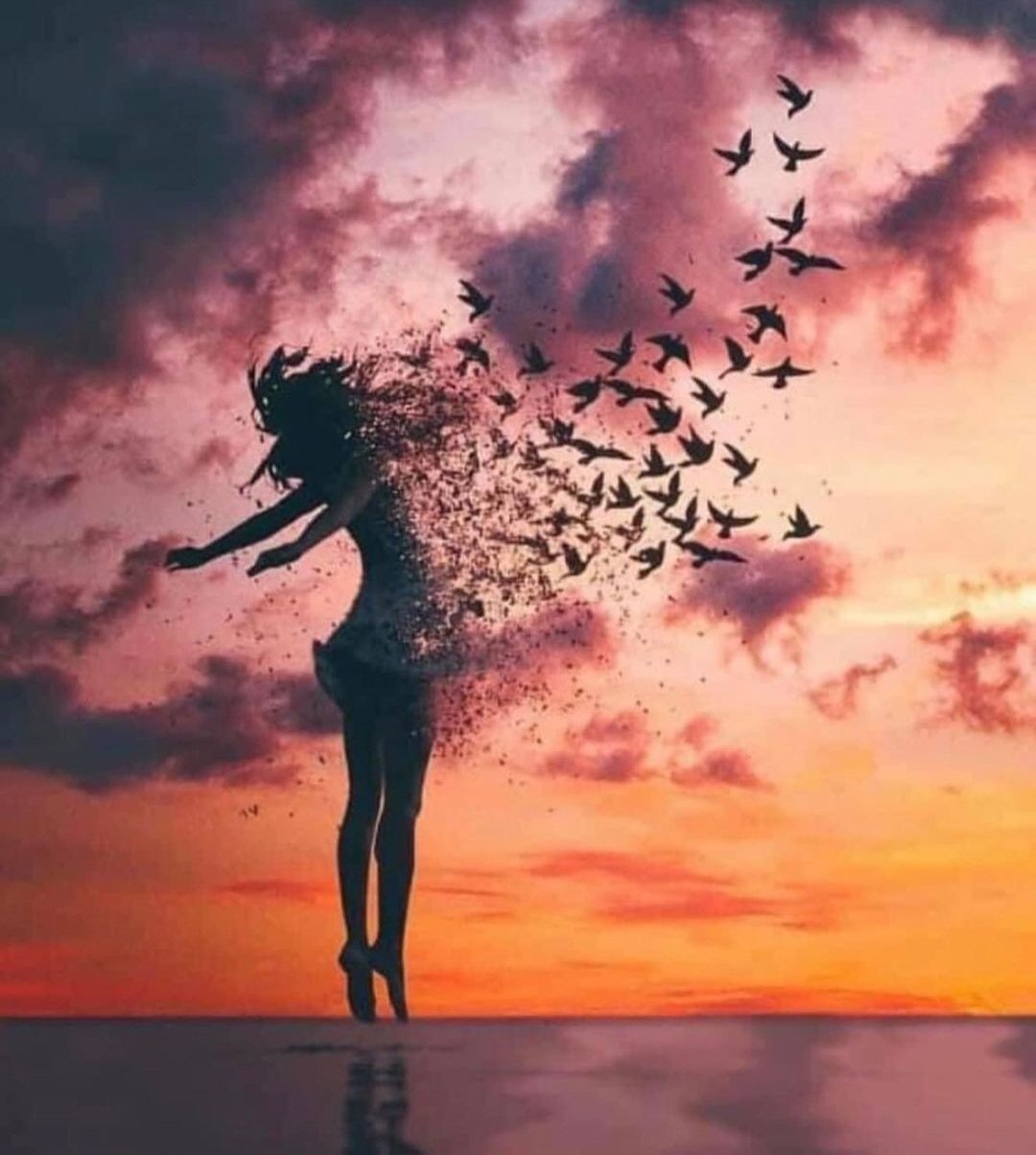Last week I started this conversation about why the feminine energy in our culture tends to be the instigator of change. I know this is not always true but I do find that many women whether by choice or force of life events, tend to explore themselves deeply and the fact that we have this deep inner knowing which I talked about in last week’s blog which means we tend to read the ‘tea leaves’ and know when it’s time for change.
Anecdotally, when I think about all the training and professional development I have done over the years, there has always been a much higher percentage of female participants than male participants and so we notice this and we talk about it. You could complain about it and say men don’t do the hard work, but I don’t think this is entirely true because I have lots of male clients and friends who have committed to exploring themselves, but to be honest it is usually after something going really wrong in their lives. Maybe it is that it is women who are the instigators of change in relationships, in families, in cultures. Many studies of couples on relationships and marriages consistently show that around 70% of divorces are instigated by women.
There are many ways we can explore why this happens and I always love taking a Jungian lens on what is actually happening because it always explores the shadow side of everything which I find super interesting. If we look through a Jungian lens, It is always the masculine within the feminine that changes first. In Jungian parlance, the animus (the inner masculine in a woman) seeks direction, clarity, and forward motion. When a woman begins her transformation (say, through grief, menopause, creativity, or awakening), it’s often her inner masculine that reorients first, perhaps by finding new values, boundaries, or purpose. Once that internal alignment shifts, her outer relationships must also adjust. How I notice this in clients is they cannot pretend to be anything other than their authentic selves anymore and this often causes friction in different relationships in their lives as this authentic self in them is emerging. Things can be a bit wobbly for a while as she finds comfort with meeting these new parts of self.
And yes, often this catalyses change in the masculine partner or in the wider system. But not always right away. Sometimes the feminine awakens and moves first, and the masculine (whether internal or external) resists or lags—until it feels safe or necessary to catch up. That friction can either break the container or refine it.
Digital image - Womb in the Sky, Kellie Stirling
Why does the feminine change first?
In the simplest form, we are the ones who can create life and give birth to that. Even beyond biological birth, the feminine is the archetypal womb—the container that holds, gestates, dissolves, and re-emerges. This role isn’t limited to women, but in most systems, it is the feminine energy that initiates the deep work: the descent, the death, the regeneration. Women, especially at midlife, often step into this initiatory role on behalf of their families, partnerships, and communities.
It’s like we become the crucible in which the old dies and the new is born. Let’s look at it from a few different perspectives:
Biologically: Our hormonal cycles force us into regular encounters with change. Life transitions like menstruation, pregnancy, birth, perimenopause, and menopause demand transformation. For example, every month when we have menstrual cycles, we are moving through a cycle of change, a cycle of birth, death, rebirth metaphorically speaking that is experienced in an embodied way with our menstrual cycles.
Emotionally: The feminine is finely attuned to relational field dynamics because we have lots of estrogen which helps creates oxytocin. Our nervous system is regulated by oxytocin which acts as a neuro-modulator. Neuro-modulators fine tune and shape how our nervous system reacts to stimuli over time. So we become more relationally attuned and attuned to social safety. We feel what’s missing, what’s breaking down, or what wants to emerge sooner. So oxytocin plays an enormous role in regulating arousal, stress responses and healing.
Spiritual/Archetypal: The feminine holds the wisdom of the underworld. We know how to descend and return with insight. That’s where true alchemy happens.
So when it comes to relationships, often, when a woman begins to change, it upsets the systemic homeostasis of the relationship. If she holds the relational field (as is often the case), any shift she makes is deeply felt by the other. This can either provoke resistance or invite the partner to evolve too. Sometimes both. In this sense, women often become the alchemical fire that either transforms or reveals what’s no longer sustainable.




